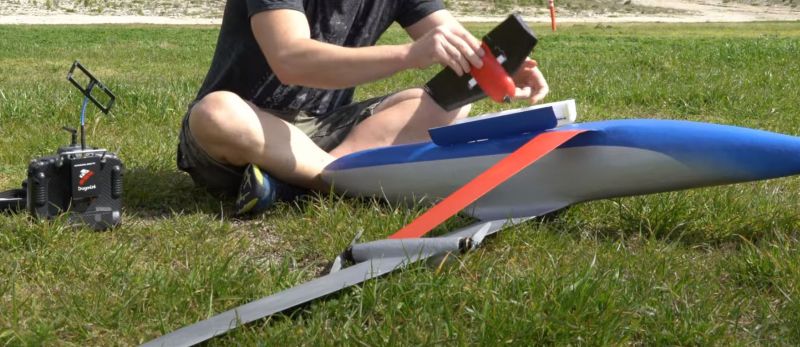
Following NASA’s recent results with truss-braced wing airplanes and the benefits this could bring to full-sized airplanes, [Think Flight] figured that if it helps with those airplanes, perhaps it may also be a boon for model airplanes. With the recent construction of a carrier airplane for smaller drones, he decided to give the concept a whirl to see whether it would make a difference compared to a regular wing design. This carrier airplane features a payload bay that can be opened in flight to release the drones stored inside it, making any potential increased payload capacity and improvements to the flight characteristics very welcome.
The truss-braced wing design has been studied by NASA and Boeing, with the design offering a high aspect ratio, not unlike the wings of a glider. The obvious disadvantage of those long, narrow wings of a glider is that they are also long and fragile, which are not desirable properties on a commercial jetliner. By adding the truss bracing, the wing design can be optimized for high aspect ratio, while the fragility is compensated for by the trusses. For a commercial jetliner, this could mean significant less fuel usage.
As [Think Flight] found, however, the typical issues with scaling wings up and down were apparent here too, with Reynolds number explaining the ‘why’, involving the chord length of the aerofoil, which is obviously different between a full-sized jetliner and a model you can hold in your hand. Effectively this means that on a model scale, the effect of higher aspect ratio isn’t as pronounced as it is with jetliners, even if the trusses may offer some benefit in structural rigidity.
Building a Truss-Braced Model Airplane: Sense or Nonsense?
Source: Manila Flash Report
0 Comments